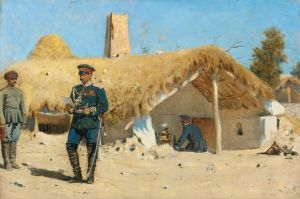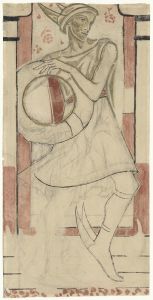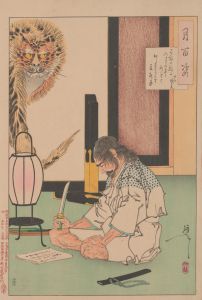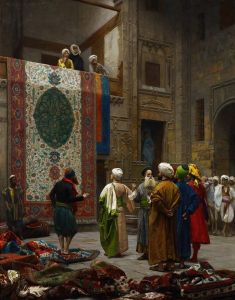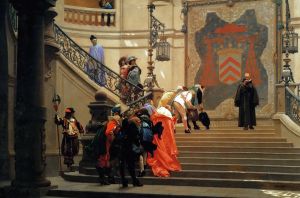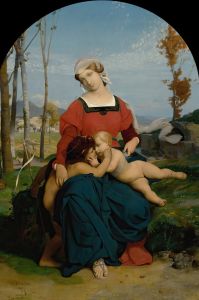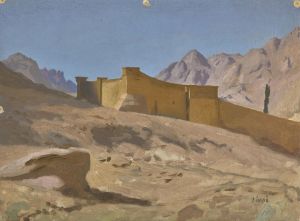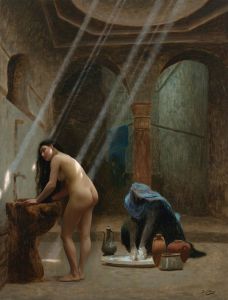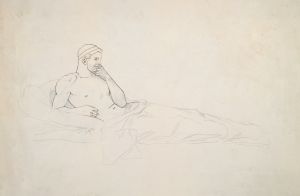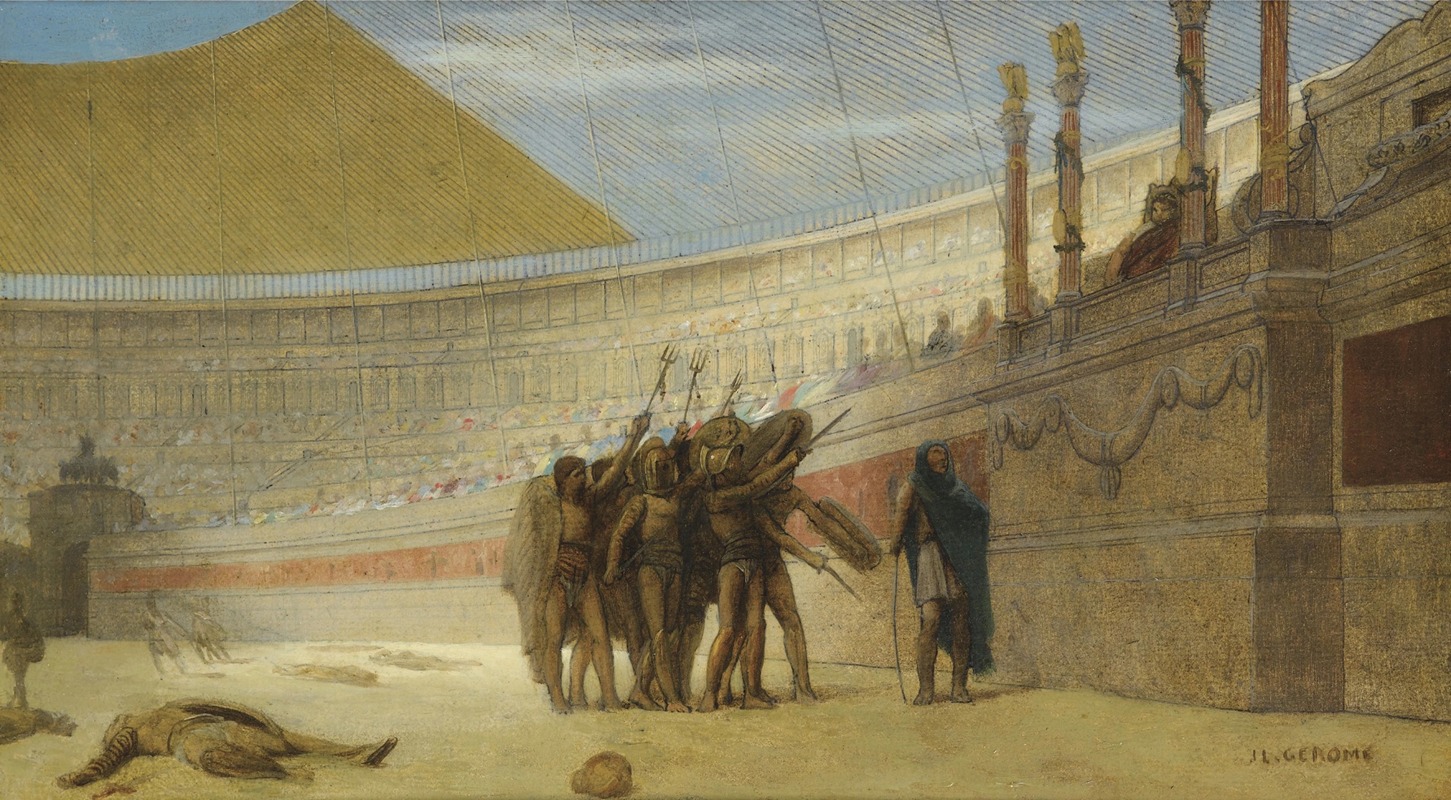
Ave Caesar, morituri te salutant
A hand-painted replica of Jean-Léon Gérôme’s masterpiece Ave Caesar, morituri te salutant, meticulously crafted by professional artists to capture the true essence of the original. Each piece is created with museum-quality canvas and rare mineral pigments, carefully painted by experienced artists with delicate brushstrokes and rich, layered colors to perfectly recreate the texture of the original artwork. Unlike machine-printed reproductions, this hand-painted version brings the painting to life, infused with the artist’s emotions and skill in every stroke. Whether for personal collection or home decoration, it instantly elevates the artistic atmosphere of any space.
"Ave Caesar, morituri te salutant" is a painting by the renowned French artist Jean-Léon Gérôme, created in 1859. Gérôme was a prominent figure in the 19th-century academic art movement, known for his meticulous attention to detail and historical accuracy. This particular work is a striking example of his interest in historical and classical themes, capturing a dramatic moment from ancient Roman history.
The title of the painting, "Ave Caesar, morituri te salutant," translates to "Hail, Caesar, those who are about to die salute you." This phrase is famously attributed to gladiators in ancient Rome, who were said to have addressed the emperor with these words before engaging in combat in the arena. However, historical evidence suggests that this phrase may not have been as commonly used as popular culture often portrays. Nonetheless, the phrase has become emblematic of the gladiatorial games and the Roman Empire's spectacle of power and entertainment.
Gérôme's painting vividly depicts a scene set in the Colosseum, the grand amphitheater in Rome known for hosting gladiatorial contests and public spectacles. The composition centers around a group of gladiators standing in the arena, saluting the emperor before the commencement of their deadly combat. The emperor, likely representing a figure such as Emperor Claudius or another Roman ruler, is seated in a prominent position, surrounded by spectators who have gathered to witness the event.
The artist's attention to detail is evident in the depiction of the gladiators' armor and weaponry, as well as the architectural elements of the Colosseum. Gérôme's use of light and shadow enhances the dramatic tension of the scene, highlighting the contrast between the impending violence of the gladiators and the opulence of the Roman elite observing the spectacle.
Jean-Léon Gérôme was known for his ability to bring historical scenes to life with a sense of realism and drama. His works often reflect a fascination with the exotic and the ancient, drawing viewers into a world that is both distant and vividly rendered. "Ave Caesar, morituri te salutant" is a testament to Gérôme's skill in capturing the grandeur and brutality of ancient Rome, offering a window into the cultural and social dynamics of the time.
The painting is housed in the Yale University Art Gallery, where it continues to be a subject of interest for art historians and enthusiasts alike. Gérôme's work remains influential, contributing to the broader understanding of 19th-century academic art and its engagement with historical themes. Through his meticulous craftsmanship and evocative storytelling, Gérôme invites viewers to reflect on the complexities of history and the enduring allure of the Roman Empire.
In summary, "Ave Caesar, morituri te salutant" by Jean-Léon Gérôme is a masterful representation of a moment in Roman history, capturing the tension and spectacle of the gladiatorial games. The painting exemplifies Gérôme's dedication to historical accuracy and artistic excellence, making it a significant piece within the canon of 19th-century art.





